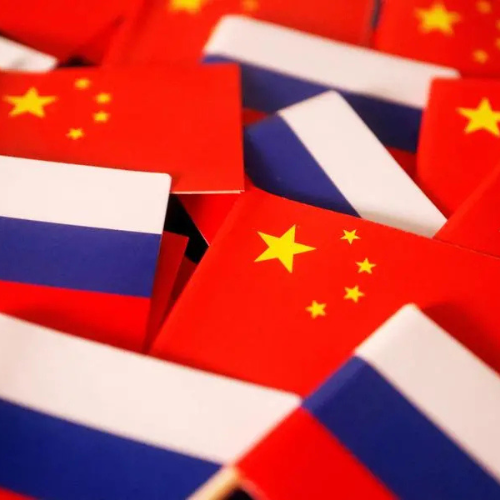In a surprising twist, China exports to Russia have hit a record high while imports from Russia are on the decline. This change comes as Russia faces challenges with international payment sanctions due to its ongoing conflict in Ukraine.
Record China Exports Amid Sanctions
In September, China exports to Russia reached an impressive $11.25 billion. This amount is the highest ever recorded for a single month. Compared to the same month last year, this represents a growth of 16.6%, making it the fastest growth rate for China exports in 2024. Chinese businesses are stepping in to fill the gaps left by Western companies that have pulled out of Russia. This shift in trade dynamics shows how quickly companies can adapt to changing market conditions, even in challenging times.
Despite the increase in China’s exports, the country’s imports from Russia have dropped by 9.2% year-on-year when measured in yuan, the Chinese currency. This decline comes after a smaller drop of 1.1% in August. The drop in imports suggests that while China is eager to sell goods to Russia, the reverse flow of products from Russia to China is becoming more complicated.
The Impact of Sanctions on Payments
The drop in imports is closely linked to the impact of sanctions placed on Russia by the United States and the European Union. These sanctions are a response to Russia’s actions in Ukraine, and they have created significant hurdles for international transactions. Although China is not part of these sanctions, Russia still faces challenges when making payments internationally.
According to reports, Chinese state-owned banks have paused large transactions with Russia. This means that payments worth billions of yuan are currently stuck and cannot be processed. With the start of the conflict in February 2022, the U.S. and its allies have frozen many of Russia’s overseas assets and cut off Russian banks from the SWIFT financial messaging system. This system is essential for cross-border payments, making it more difficult for Russia to conduct international trade.
Russia-China Face Backlash for Blocking ASEAN Consensus on South China Sea
As a result of these difficulties, Chinese exporters are becoming more cautious. Chong Jia-ian, a political science professor, notes that Chinese companies want to ensure they receive payment for their goods. Many businesses are now considering alternative methods of payment, such as barter systems or cryptocurrencies, to bypass traditional financial systems that are currently problematic.
At the Canton Fair, which is China’s largest trade exhibition, some companies have changed their payment terms. For example, Zhuhai Kelitong Electronic, a kitchen appliance manufacturer, now requires customers in Russia to pay upfront before shipping any goods. This change highlights the increasing concerns about payment risks. A Russian buyer at the fair, Ivanov, shared that it now takes three months or more to complete a transaction. Although Russian buyers are still interested in purchasing products, they face significant challenges due to the payment delays.
Strengthening Trade Relations
Despite the payment challenges, the relationship between China and Russia continues to deepen. Both countries are looking for ways to reduce their reliance on the West. Last year, trade between China and Russia reached an all-time high of $240 billion, which was a 26.3% increase compared to the previous year. This growing trade relationship indicates that both nations are eager to cooperate economically, especially in light of geopolitical pressures.
China exports are also filling the void left by Western companies in various industries. For instance, after many Western car manufacturers exited the Russian market, China has stepped in to provide vehicles and parts. In fact, automobiles were among the top ten export products from China to Russia in the first eight months of this year. This shift represents a significant change from pre-war trade patterns, where China’s exports primarily consisted of lower-value items like clothing and boots.
In this evolving trade landscape, China benefits from increased access to Russia’s energy resources. As the largest buyer of Russian energy, China imported 45% of Russia’s coal exports and 47% of its crude oil exports from December 2022 to September 2024. This access to energy is crucial for China’s continued economic growth and stability.
In summary, while China exports to Russia are surging to new heights, imports from Russia are facing significant challenges due to payment sanctions and geopolitical tensions. The evolving relationship between these two countries is marked by both opportunities and obstacles, highlighting the complexities of international trade in a rapidly changing world.


